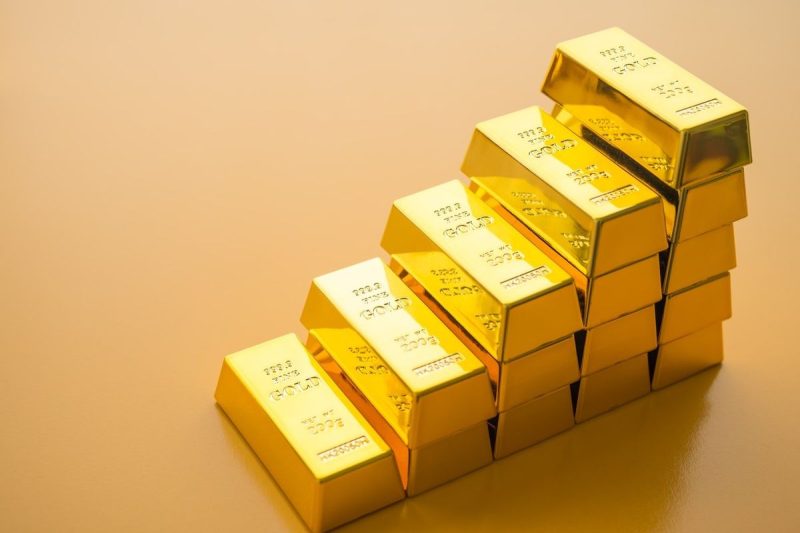The World Gold Council’s (WGC) latest Gold Demand Trends report reveals that robust over-the-counter (OTC) investment offset declines in jewelry demand, as well as retail bar and coin demand, in the second quarter.
Continued central bank buying was also a key reason why the yellow metal achieved record highs in Q2.
Gold demand excluding OTC decreased by 6 percent year-on-year in Q2 to reach 929 metric tons (MT). This decline was primarily driven by a drop in jewelry consumption, which fell by 19 percent year-on-year to a four year low of 391 MT.
However, when OTC investments are included, total gold demand increased by 4 percent year-on-year to come in at 1,258 MT, marking the highest Q2 amount in the WGC’s data series, which dates back to 2000.
Central bank net gold buying showed a positive trend, rising by 6 percent year-on-year to 184 MT. This increase reflects central banks’ ongoing need for portfolio protection and diversification in the face of economic uncertainties.
The WGC report also notes a minor 7 MT decline in global gold exchange-traded fund (ETF) holdings, which compares favorably to the 21 MT drop in seen in the second quarter of 2023. Meanwhile, retail bar and coin investment was down 5 percent year-on-year to 261 MT, largely due to weak demand in western markets.
In contrast, gold used in technology saw an 11 percent year-on-year increase, driven by the continued growth in the artificial intelligence (AI) sector, along with high-performance computing needs.
The WGC notes that the London Bullion Market Association average gold price reached a record of US$2,338 per ounce in Q2, an 18 percent increase year-on-year and a 13 percent rise quarter-on-quarter.
Gold peaked at US$2,427 in May, with the surge in price being driven by OTC investment of 329 MT — highlighting a strategic shift toward gold as a hedge against market volatility and geopolitical risks.
Total gold supply grew by 4 percent year-on-year in Q2 to 1,258 MT, with mine output reaching a record 929 MT for a second quarter. Recycling supply was the highest for a second quarter since 2012, responding well to the higher prices.
Meanwhile, regional investment trends diverged, with robust demand for bars, coins and ETFs in the east contrasted by a marked decline in the west. Western ETF investment flows have started to return in Q3, indicating a potential shift.
Looking ahead, the WGC suggests a cautiously optimistic outlook for the second half of 2024. While western investment demand is expected to produce a positive H2, the full-year estimate has been slightly lowered due to a disappointing Q2 for ETFs. OTC investment is likely to continue its significant contribution, as seen in the first half of the year.
Jewelry demand may take time to adjust to higher prices, with India potentially being a bright spot due to recent duty cuts and a healthy macroeconomic backdrop. AI is expected to continue driving technology demand for gold in H2.
Potential downside risks for gold in the second half of the year include a pullback in central bank buying and weaker retail investment in emerging markets. On the upside, a more substantial economic slowdown in developed markets and increased geopolitical uncertainty could bolster interest in gold investment products.
Securities Disclosure: I, Giann Liguid, hold no direct investment interest in any company mentioned in this article.
This post appeared first on investingnews.com
